A charming guest house with 4 spacious, luxurious guest rooms.
Whether you are more inclined to culture or sports for your holidays, or are traveling on business, come and have a restful stay at any time of the year. Vannes, theGulf of Morbihan,South Brittany and many other places are yours to discover just a few kilometers from Le “Domaine de Coët Bihan”.
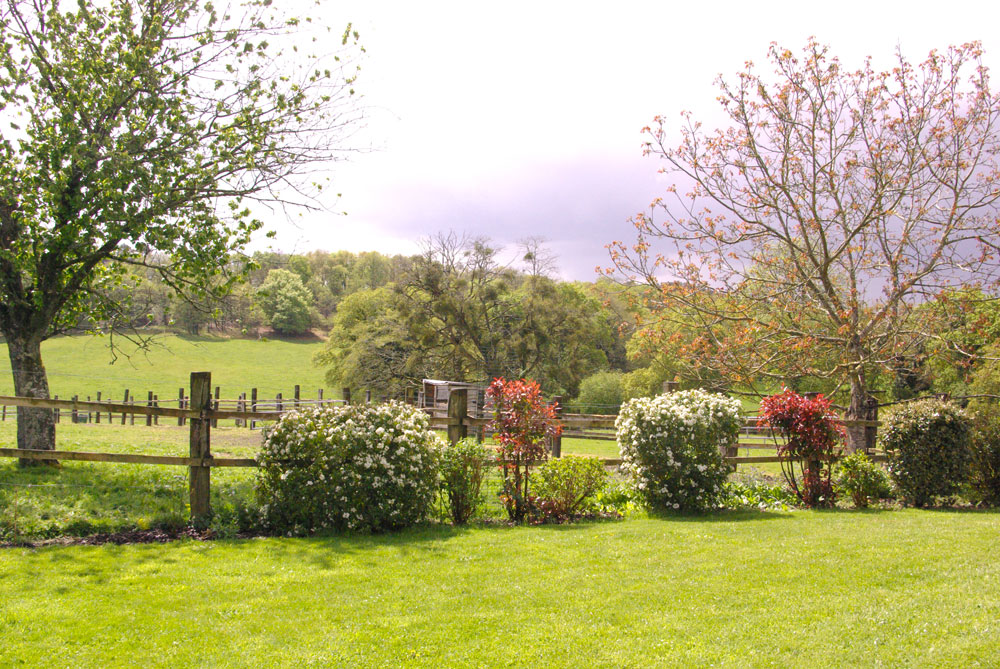
The Guest House of the “Domaine de Coët Bihan”
The bed and breakfast house is the renovated east wing of a “longère”, a long farm whose rural architecture is typical of the region. Built between the 18th and 20th centuries, it is nestled in a 14 hectare estate of fields, moors and woodlands that is considered a protected natural area due to its rich wildlife.

Renovated in an environmentally-friendly way
Renovation and the addition of modern amenities to this typical Breton house were lovingly carried out over a period of nearly a year. The interior comfort, the refined decoration and the quality of the surroundings all contribute to its charm. Both the private main part of the house and the east wing where the 4 guest rooms are located were renovated. In the east wing only the original main walls, parquet floor and roof structure were kept. Every effort was made to sustainably integrate the esthetic and comfort improvements made during the renovation
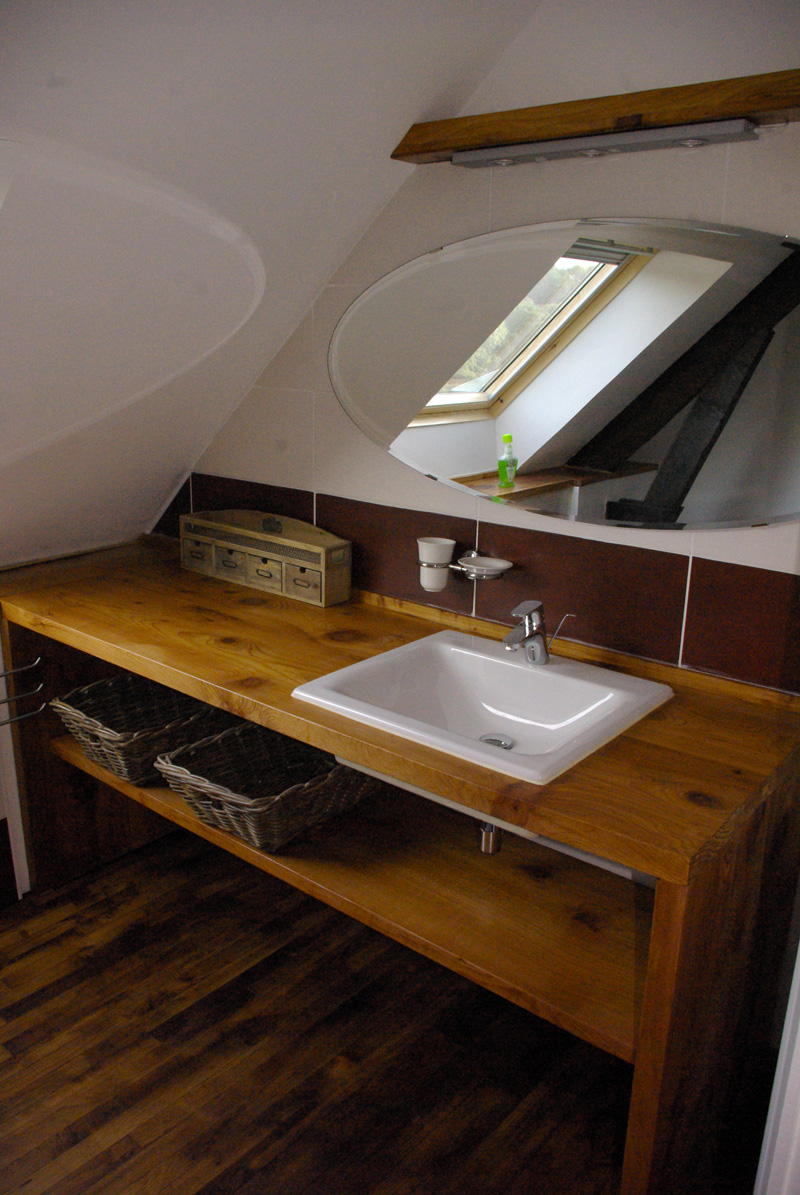
A harmonious combination of granite and wood
Efficient heat insulation was used to optimize energy consumption. Local rot proof wood species were used for their esthetic and thermal qualities. Red cedar was used for the external cladding and the bathroom furniture. The original parquet floor and the exposed wood frame are made of chestnut. The terraces are made of bald cypress rough boards that are delicately scented of citronella. The harmonious combination of granite and wood gives the eco-friendly guest rooms an undeniable country charm and cosiness.
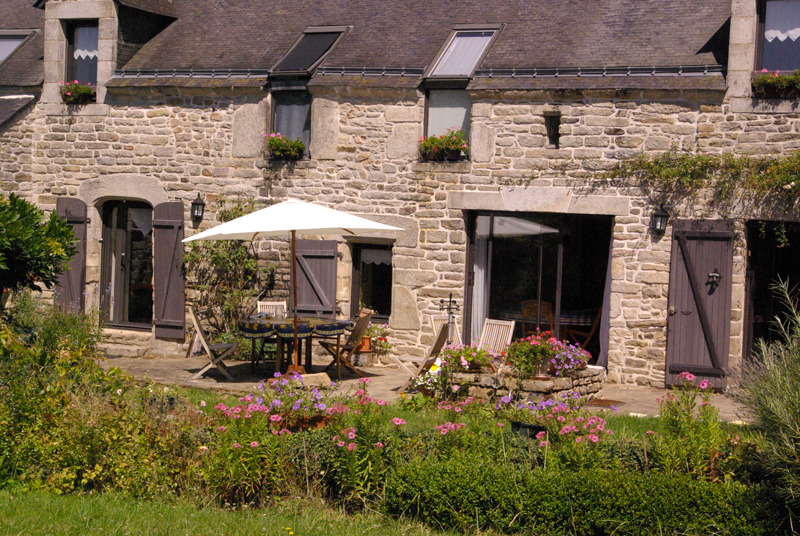
Guest rooms that will charm you
The names of the rooms are “An Oriant”, “Edeni Safari Lodge ”, “Hyannis Port” and “Little Wood Cottage”. Spacious and bright, they welcome you to an atmosphere of discreet luxury. Each of them has its own generously sized and well equipped shower-room. The refined decorative styles invoke the Far East,Africa, the American east coast and the retro charm of a country cottage. The dining room is furnished with English antiques and beckons you to enjoy a generous breakfast prepared from local products including homemade jams made from fruit grown in the garden. Large wooden decks and stone terraces allow you to sit outside and enjoy your breakfast or refreshment with your friends or family. Comfortably settled in an Adirondack chair you cannot fail to enjoy the country atmosphere. A heated indoor pool with artificial current awaits you for relaxation throughout the year. You will also find sports equipment.

The stud farm
Adjoining the house, it can welcome travelling guests and their horses. It is a reminder that the region does not only have a maritime tradition that dates back to antiquity. It is also a place where horse riding exists in its different forms: show-jumping, carriage driving and riding. Seeing the horses peacefully grazing in the green meadows will evoke other horizons for some, and will give peace of mind to all
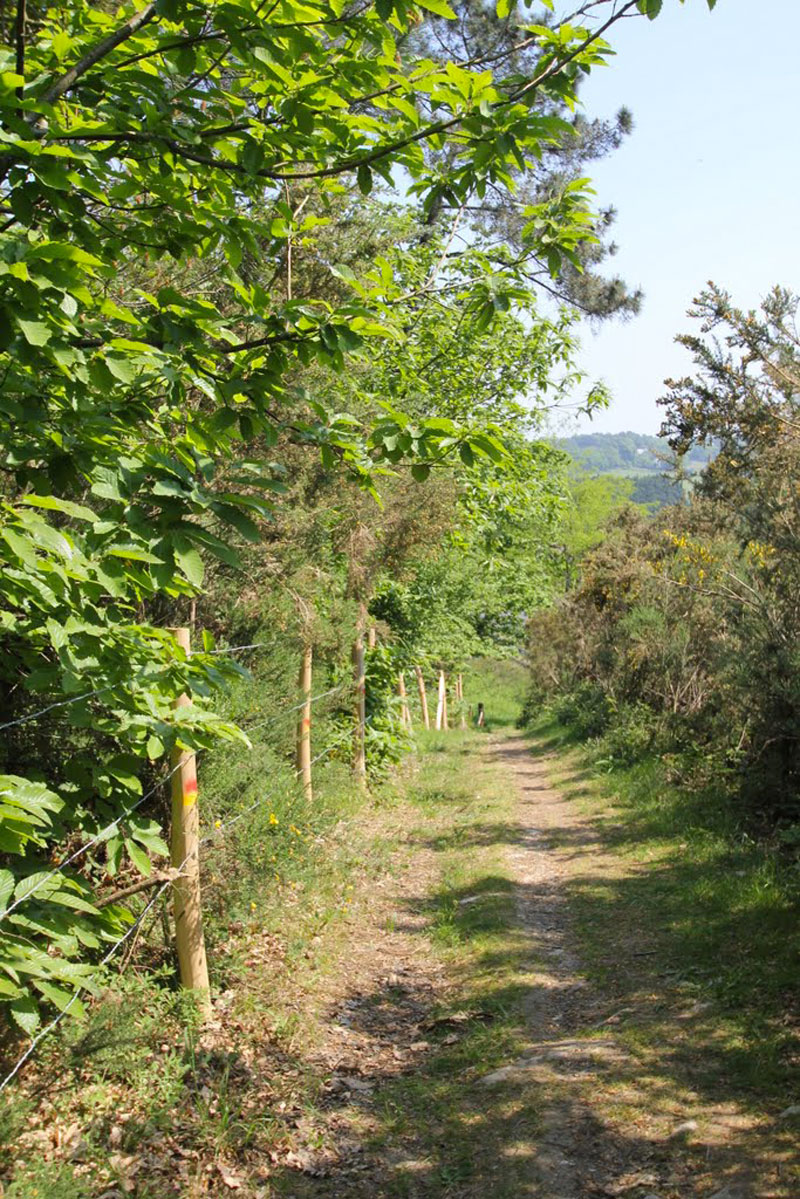
A starting point to go hiking, bike riding or horseback riding.
The southern part of the property is100 meters above sea level. From here, you will have a panoramic view of the Gulf of Morbihan. Several hiking trails converge on Coët Bihan. They will enable you to access the Camp de César, the Mangolérian site and many other places in the Vannes hinterland.
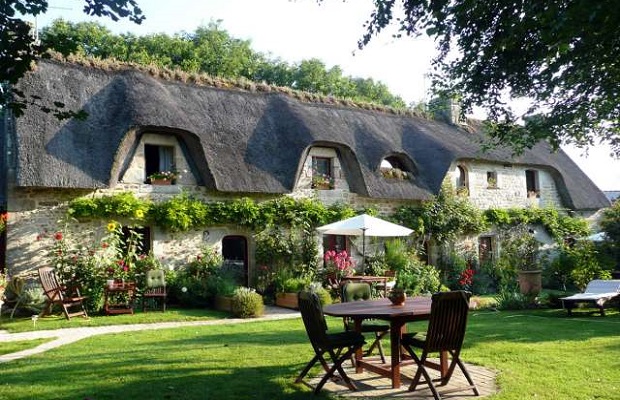
What is a longère ?
A longère is defined in Brittany as a rural stone construction, mainly built of granite, covered with a thatch roof for the oldest parts and a slate roof for more recent ones. It consists of several sections in a row. Some of them accommodated the family and household, and others, the farm animals and materials. Some longères can be up to 40 meters long. It is difficult to know exactly when a longère was built because they were often built over several generations, sometimes over two or three centuries, mostly between the 17th century, which was the golden age of Brittany, and the beginning of the 20th century. The construction also depended on the financial means, the growth of the family and the expansion of the estate.
Building while assuring continuity
The different sections of the building incorporate architectural elements that give clues to their age. However, there are traps because existing parts were often modified as is still the case today with elements such as carvings, lintels, and door or window jambs. They can get moved from one place to another in the same building, be cut or carved on the spot or be transferred from ancient residences of the area. Indeed, many castles, manors, mills, or even religious buildings were broken up, abandoned, destroyed or burnt down because of wars or the Revolution. It was not rare to see such buildings being turned into quarries where people would help themselves to cut stones.
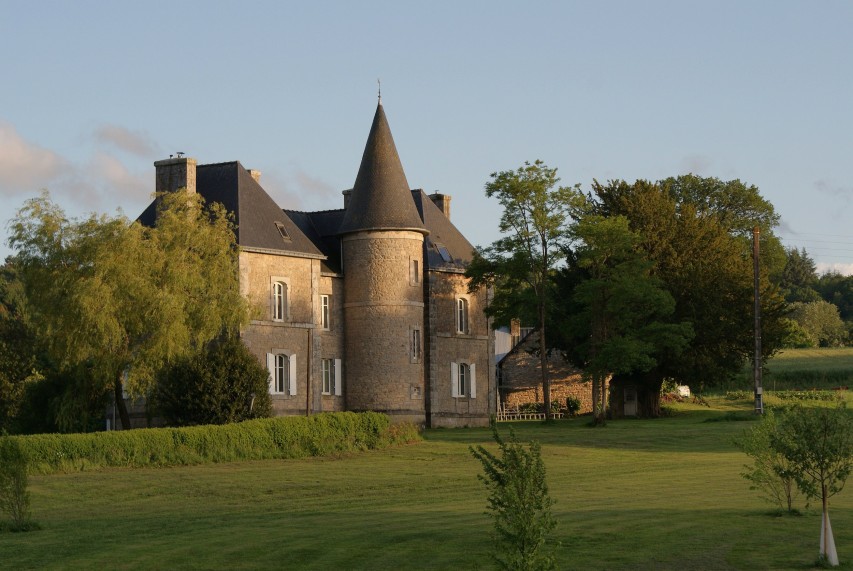
Manors in Brittany
Brittany counted up to twelve thousand manors, that is up to fifty or more per town. Some of them constituted huge stone reserves to build longères or new manors. It can happen that we find elements of a castle or a manor dozens of kilometers away from their original location. This is why our longères can sometimes seem to be architectural patchworks, even if there is a kind of coherence in the whole.

Coët Bihan’s longère
The longère of Coët Bihan is typical of this phenomenon. It was built step by step, from the 18th century on. It is built on an east-west axis, as was usual for a Breton longère, with its back facing north and its front and openings beneficially facing south. This was and is an advantage in terms of quality of life and energy conservation. It incorporates elements of interior and exterior stonework of different origins and styles. It consists of lintels and door and window jambs, cut in homogeneous local granite, including some parts that come from mansions or manor houses of the area. Some of the openings have been enlarged or created to help diffuse more light inside. The frames were made with granite in order to make a coherent whole in terms of materials. The latest expansion, made on the east side in the 1960s, did not benefit from such care for the coherence of the whole building and altered the general character of the house. The main focus was to improve comfort according to the standards of the time. This part did not benefit from the renovation and insulation work that was undertaken in the main section in 2001. Destroying the east wing was even considered. Luckily, however, the materials used to build it were the same traditional ones as the ones used for the main section: granite for the walls and chestnut for the structure and parquet floor. This was fortuitous for our goal of forming a harmonious whole.
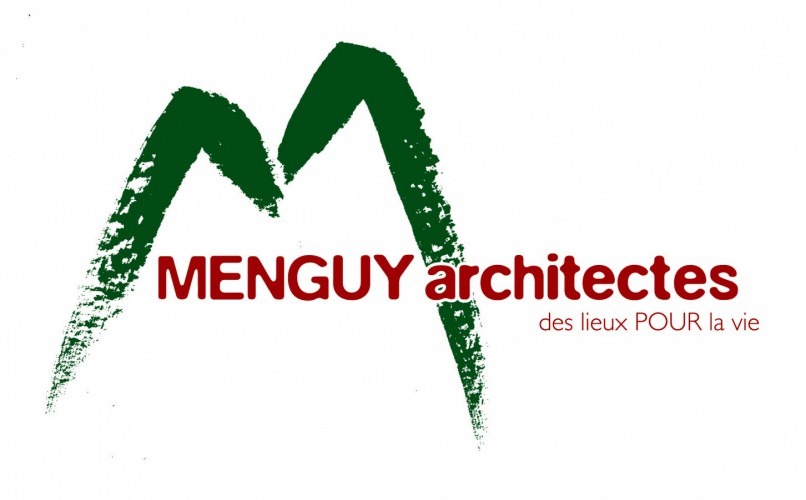
Renovating with care and environmental concern
In order to achieve this aim and before starting any major work, we asked the architect Bernard Menguy, a childhood friend, for advice. He is a renowned pioneer of environmentally friendly construction. The objective was sustainability, integrating low energy consumption and natural non-polluting materials, while optimizing the quality of life and comfort of the occupants. Thanks to Bernard Menguy and the occasional yet efficient help of Hans Toornstra, architect in the Netherlands, the final plans were drawn. It allowed us to start realizing the project, which was a modest one for experienced architects but not for us the inexperienced project managers. The first step was active demolition, done in freezing cold weather, of a huge unsightly chimney, a massive dormer window, and the inside ceiling and partition walls. The empty shell of outside walls and roof that remained was the basis for the rest of the work.
Activities and leisure
The Gulf of Morbihan, a natural jewel, a maritime setting, the Domaine de Coët Bihan team is there to advise you throughout your stay.
Coët Bihan Stud Farm
The stud farm of Coët Bihan was originally created to breed horses destined for sports. It is located on a 14hectare property of fields, moors and woodlands. It can accomodate up to 15 horses and ponies.
Book your stay now (2 nights minimum):
Use our form to book your stay,
We will confirm your reservation as soon as possible
